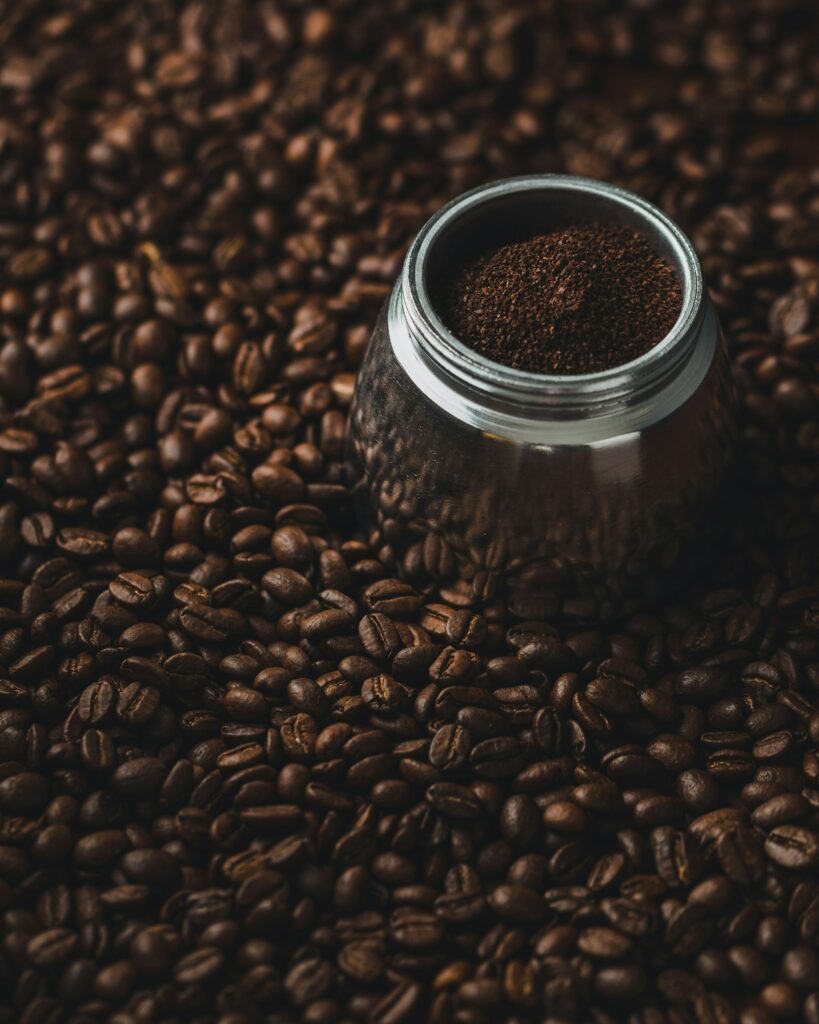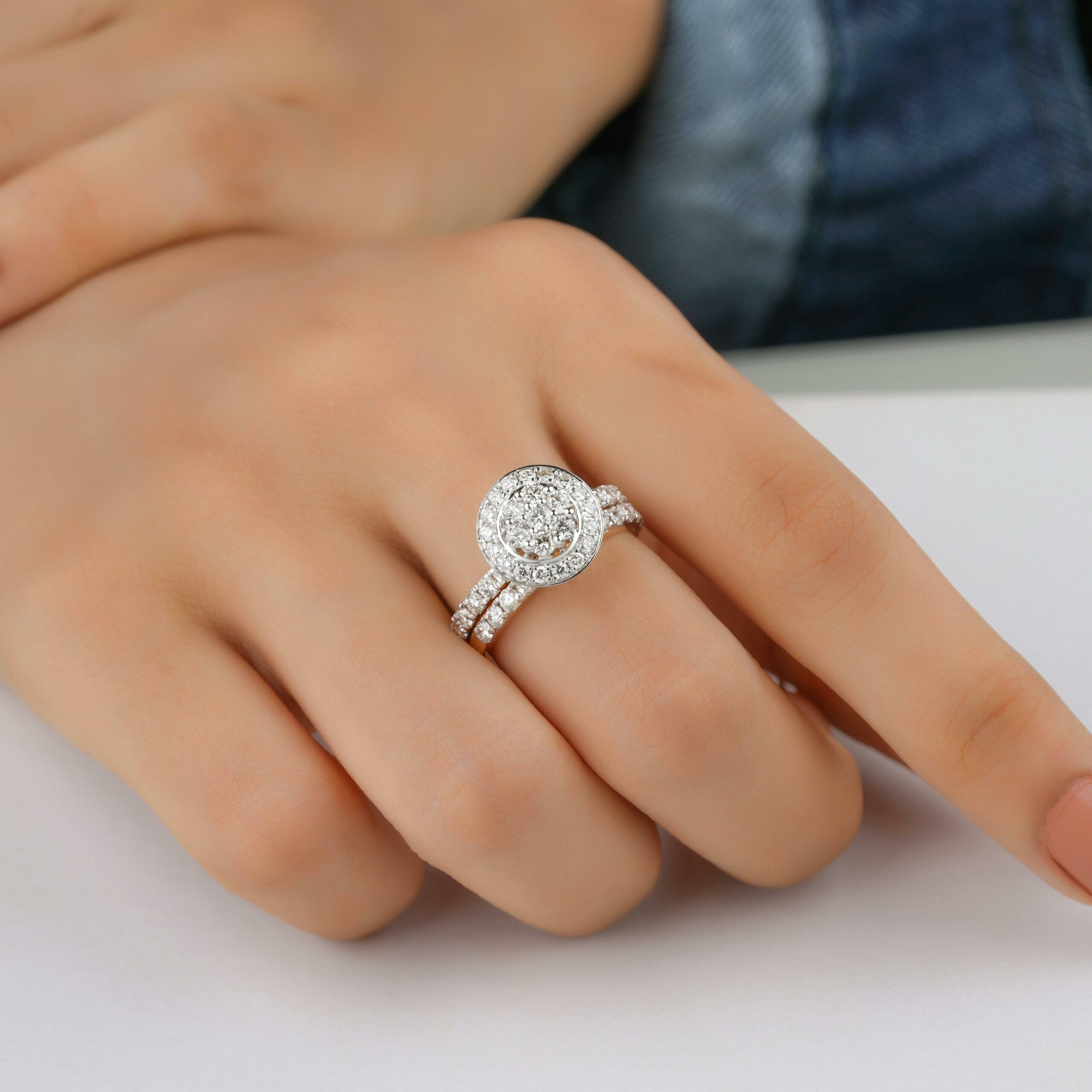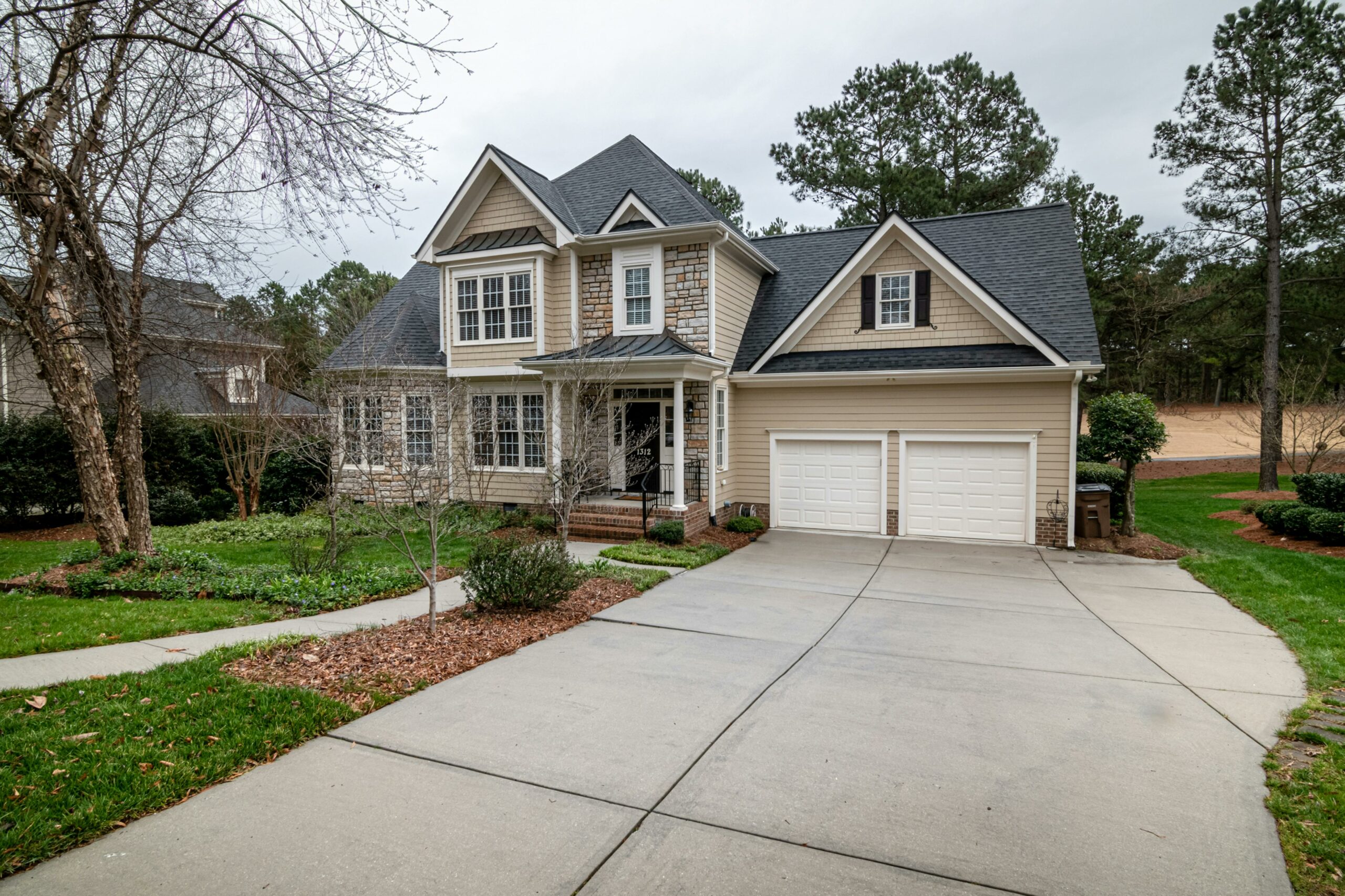If you’re just starting your journey of brewing coffee at home, you may have heard about coffee grinders. Coffee lovers are well aware that freshly ground coffee beans help make the coffee taste and smell a whole lot better, so it’s no wonder that a high-quality coffee grinder is key.
But now comes the important question: With so many coffee grinders to pick from, how do you choose the right one?
Navigating the market for the perfect one can often feel overwhelming, but don’t worry, as we’ll help you through the process to find the best grinder to make your coffee better.

Types of Coffee Grinders
In order to choose the right grinder for your brewing needs, it’s essential to know and differentiate the different types of grinders.
Manual Coffee Grinder
A manual grinder has a handle that you turn by hand to grind the coffee beans. It grinds the beans between two burrs inside the grinder.
Since it doesn’t need electricity, you can grind beans anywhere, like when camping or during a power outage. You can click here for good-quality manual grinders.
Electric Coffee Grinder
By simply pressing a button, an electric coffee grinder effortlessly grinds your beans for you. With adjustable grind-size settings, many electric grinders offer the convenience of easily obtaining either fine or coarse grinds.
Additionally, electric grinders deliver fast and consistent bean grinding, ensuring a superior coffee experience.
Burr Coffee Grinder
A burr coffee grinder uses two abrasive surfaces called burrs to crush the coffee beans. With this type of coffee grinder, you have greater control over the grind size and can achieve a more consistent grind.
You can also adjust them to produce fine grinds for espresso or coarse grinds for the French press. Here’s a look at the two main types of burr grinders:
- Conical Burr Coffee Grinder: A conical burr grinder features cone-shaped burrs. One burr stays still while the other spins and crushes the beans against it. The grounds go straight down after grinding. This can result in less ground coffee getting stuck in the grinder.
- Flat Burr Coffee Grinder: A flat burr grinder has two ring-shaped burrs with grooved surfaces. They crush the beans between the spinning burr and the stationary burr. Flat burrs grind faster but can get hotter than conical burrs.
Blade Coffee Grinder
A blade coffee grinder works like a blender. Its blade spins very fast and chops up the coffee beans. Blade grinders are less expensive but don’t grind as uniformly as burr grinders.
Features To Look For When Searching For A Coffee Grinder

The most vital features to consider when researching an espresso grinder for home use are the following:
Grind Capacity
Choose a coffee grinder to produce the optimal grind size for your preferred brewing method. The right texture maximizes flavor extraction from the beans. The type of your coffee grinder also determines the grind capacity.
For French press, you need a coarse, chunky grind allowing full immersion brewing. On the other hand, espresso demands an ultra-fine, powdery grind to allow for proper extraction under pressure.
Material
Consider the aesthetics, durability, and longevity of materials. Coffee grinders come in wood, stainless steel, or plastic.
Wood has a vintage appeal. Stainless steel looks modern and lasts a long time. Plastic is lightweight but less attractive. The material doesn’t affect grind quality but may impact function and visual appeal.
Easy To Operate And Clean
When purchasing a coffee grinder, choose one that’s easy to clean and operate. Many models boast fancy features but require advanced skills to operate and clean.
That said, avoid grinders with overly complicated controls and tedious disassembly procedures.
Precision Settings
Precision grind settings allow you to customize the coarseness of coffee grounds to best suit your preferred brew style. Beginners can utilize grinders with preset textures for methods like espresso and cold brew that simplify the process.
Meanwhile, more advanced users can benefit from stepless or endless adjustability that enables meticulously fine-tuning the grounds for experimental perfection.
The right grind setting maximizes flavor extraction potential across various brew types.
Speed and Power
How fast your coffee grinder can grind beans affects the taste of your coffee. Slower grinding generates excess heat and friction that damages the oils and aromatic compounds within the beans.
To minimize this, opt for grinders with motors strong enough to operate at very high RPMs (revolutions per minute).
Cost
Quality coffee grinders are smart long-term investments for coffee lovers. While a precise grinder seems pricey at first, it saves money over time and eliminates replacement costs.
Conclusion
A tasty coffee starts with freshly ground beans, so investing in a good coffee grinder is a must. Look for an easy-to-use model that consistently grinds beans to the ideal texture for your brew method.
You can brew incredibly flavorful coffee with the right grinder pulverizing your quality whole beans.
So take the time to select the perfect grinder for your needs and be rewarded with fresh, aromatic coffee in every cup.





